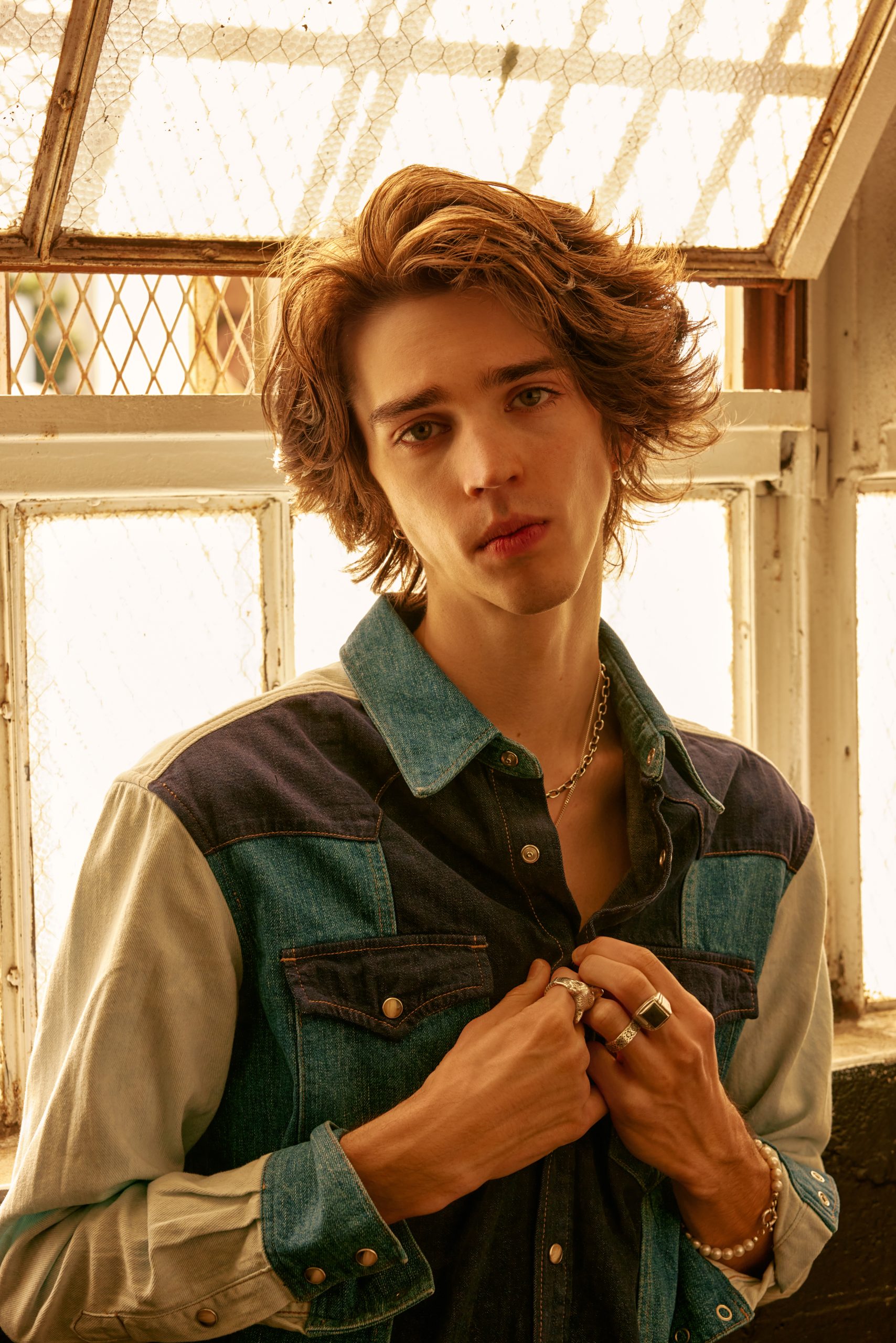Hair Combs vs. Hair Brushes: Which is Better for Your Curly Hair?
Curly hair is a texture with a definite S or Z shape ranging from loose to tight curls. Curly hair is considered type 3, with three subcategories: 3A, 3B, and 3C. Each subcategory represents the level of curl and thickness of the hair strands.
• 3A hair has loose, large curls that are easy to style and manipulate. It tends to be shiny, smooth, and bouncy.
• 3B hair has medium and springy curls that are more resistant to styling and frizz. It tends to be dry, coarse, and dense.
• 3C hair has tight and corkscrew curls that are almost coily. It tends to be very dry, fragile, and voluminous.
Curly hair has some advantages and disadvantages compared to other hair types. Some of the benefits are:
• Curly hair can add personality, character, and flair to your appearance, making you stand out.
• Curly hair can suit any face shape and length and quickly adapt to different trends and preferences.
Some of the disadvantages are:
• Curly hair can be dry and porous, losing moisture quickly and absorbing humidity. This can cause frizz, dullness, and damage.
• Curly hair can lack definition and bounce and become tangled and matted, exceptionally if not adequately cared for.
• Curly hair can be stiff to manage and style, especially if it is thick, coarse, or tight. It can also be affected by climate, water quality, and hair care routine.
Therefore, you need curly and wavy hair products and tools to hydrate, nourish, and protect it, enhance its natural curl pattern and prevent frizz. But how do you choose the best products and tools for your curly hair? What are the ingredients and features that you should look for and avoid? How do you use the products and tools to get the best results?
What are the differences between hair combs and hair brushes?
Hair combs and hair brushes are two types of tools that are used to groom, detangle, and style the hair. They have different shapes, sizes, materials, and functions and can affect the hair differently. Here are some of the main differences between hair combs and hair brushes:
• Hair combs have teeth spaced apart and can be made of plastic, metal, wood, or horn. Hair combs are used to detangle, part, and smooth the hair and to distribute products evenly throughout the hair. They an be use curl cream along and othe rhair products. Hair combs can have different types of teeth, such as comprehensive, delicate, or tapered, depending on the purpose and the hair type.
• Hair brushes have bristles attached to a base. It can be made of synthetic, natural, or mixed materials. Hair brushes are used to detangle, smooth, and style the hair, stimulate the scalp and distribute the natural oils along the hair shaft. Hair brushes can have different bristles, such as soft, stiff, or mixed, depending on the purpose and the hair type.
What are the benefits and drawbacks of hair combs and hair brushes for curly hair?
Depending on the type, condition, and desired look, hair combs and brushes can have different benefits and drawbacks for curly hair. Here are some of the advantages and disadvantages of each tool for curly hair:
• Hair combs can benefit curly hair because they can help detangle the hair without breaking or stretching it and help define and separate the curls without causing frizz or flyaways. Hair combs can also help distribute products evenly throughout the hair and prevent product buildup and residue.
However, hair combs can also be detrimental to curly hair because they can cause mechanical damage to the cuticles, especially if made of rough or sharp materials or used on dry hair. Hair combs can also cause fatigue, weakening the hair due to repeated swelling and shrinking from wetting and drying.
• Hair brushes can be beneficial for curly hair because they can help smooth and seal the cuticles and add shine and softness to the hair. However, hair brushes can also be detrimental to curly hair because they can disrupt the natural curl pattern and cause frizz, flyaways, and loss of definition.
Hair brushes can also cause mechanical damage to the hair cuticles, especially if they are made of harsh or abrasive materials or used on wet hair. Hair brushes can also cause fatigue, weakening the hair due to repeated swelling and shrinking from wetting and drying.
How to choose the best tool for your curly hair?
There is no definitive answer to which tool is better for your curly hair, as it may vary from person to person and day. However, here are some general guidelines that can help you choose the best tool for your curly hair:
• Choose a tool that is suitable for your hair type and subcategory. Different types and subcategories of curly hair have different needs.
For example, if you have loose and large curls (3A), you may prefer a wide-tooth comb or a soft-bristle brush that can detangle and define your curls without disrupting them. If you have tight and corkscrew curls (3C), you may prefer a finger comb or a detangling brush to separate your curls without breaking them.
• Choose a tool that is suitable for your hair condition and porosity. Hair conditions and porosities have different needs and preferences and may respond differently to other tools.
For example, if you have dry and damaged hair, you may prefer a wooden comb or a boar-bristle brush that can moisturize and smooth your hair without causing more damage. If you have oily and fine hair, you may prefer a plastic comb or a nylon bristle brush that can cleanse and volumize your hair without weighing it down.
• Choose a tool that is suitable for your desired look and style. Different looks and styles have different needs and preferences and may require other tools.
For example, if you want a sleek and straight look, you may prefer a fine-tooth comb or a paddle brush that can smooth and straighten your hair without frizz. To create a curly and bouncy look, choose a wide-tooth comb or a round brush to enhance and shape your curls without flattening them.
How to use the tool for your curly hair?
Using the tool correctly and consistently is as important as choosing the right one. Here are some steps that you can follow to use the tool for your curly hair and achieve the best results:
• Use the tool on wet hair, and avoid using it on dry hair. Damp hair is more flexible and elastic than dry hair, and it can handle more manipulation and tension without breaking or stretching. Using the tool on wet hair can also help reduce frizz and flyaways and enhance curl definition and shine. However, damp hair is also more fragile and vulnerable than dry hair, and it can break or stretch more easily if handled roughly or aggressively. Therefore, use the tool gently and carefully on wet hair, and avoid pulling, tugging, or ripping your hair.
• Use the tool with a moisturizing and nourishing product, and avoid using it with a drying or coating product. A moisturizing and healthy product, such as a conditioner, a leave-in, or an oil, can help hydrate and protect your hair and make it easier to detangle and style. A moisturizing and nourishing product can also help smooth and seal your hair cuticles and add shine and softness to your hair.
Conclusion:
Selecting between hair combs and brushes for your curly locks is about understanding their nuances and needs. While combs aid in detangling and defining curls, brushes offer smoothing and shine benefits. However, the key lies in choosing the right tool that suits your curl type, condition, and styling needs. Pairing it with gentle, damp hair handling and nourishing products ensures your curls.





